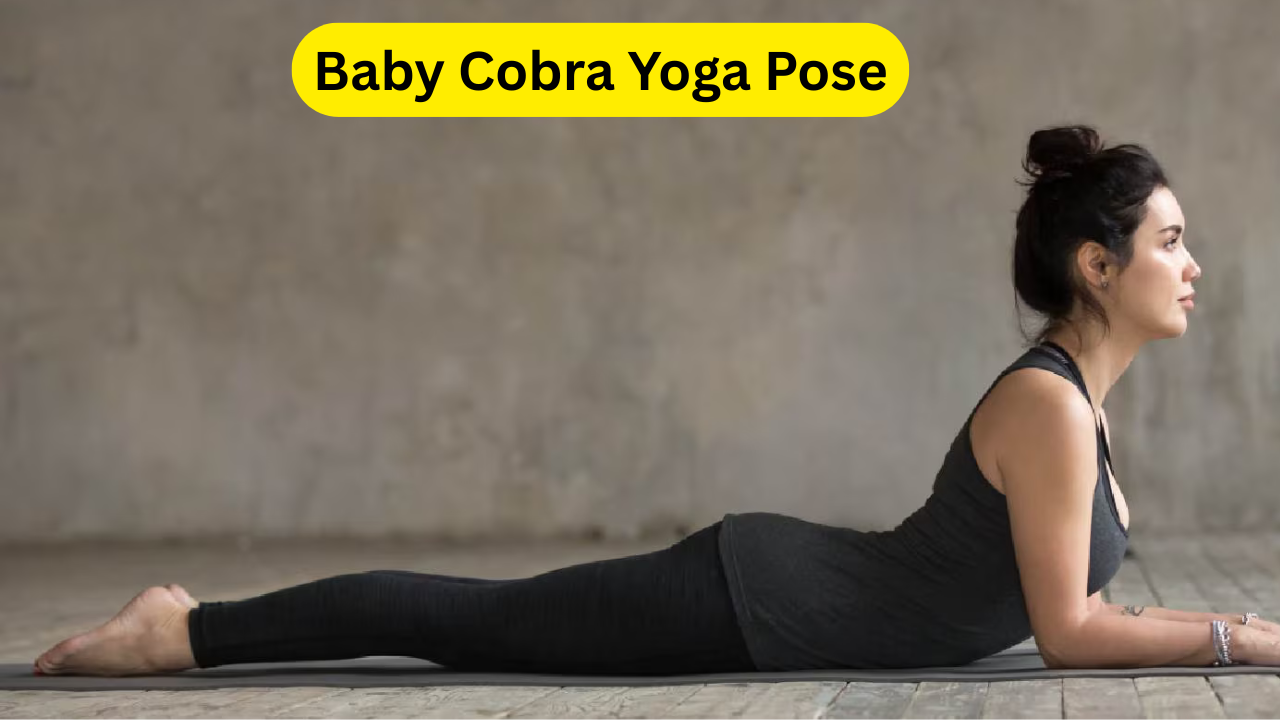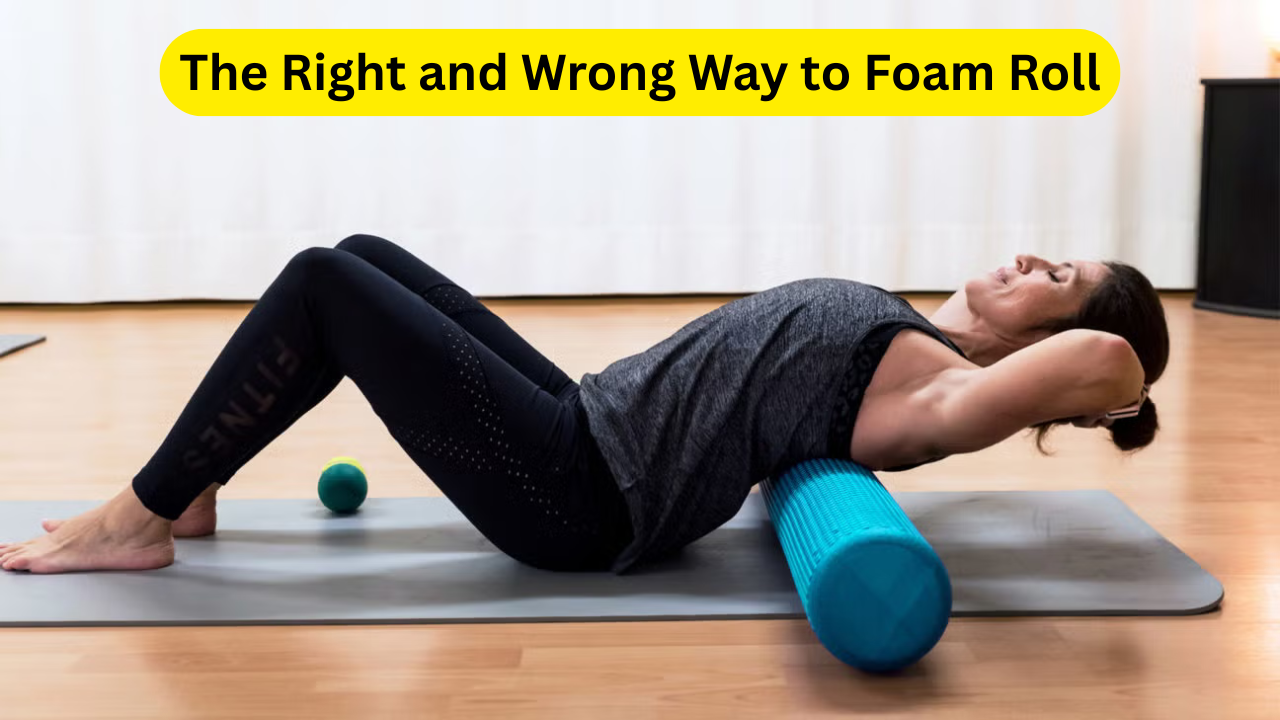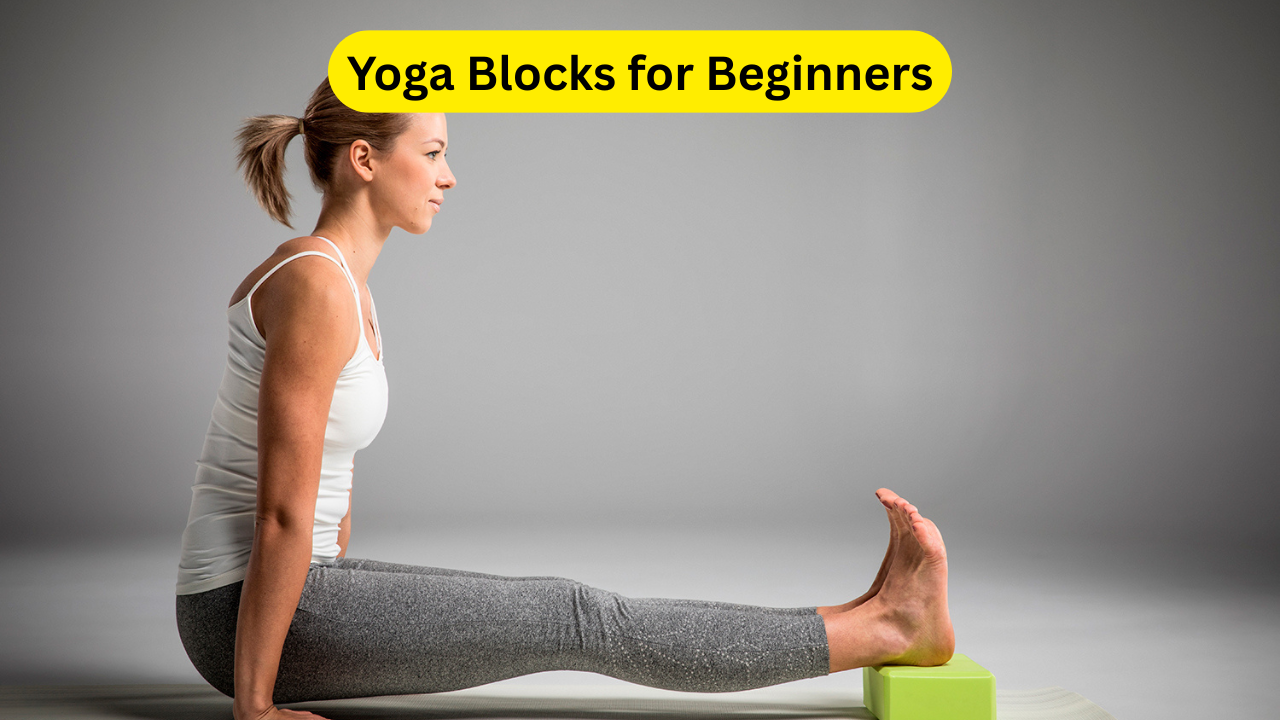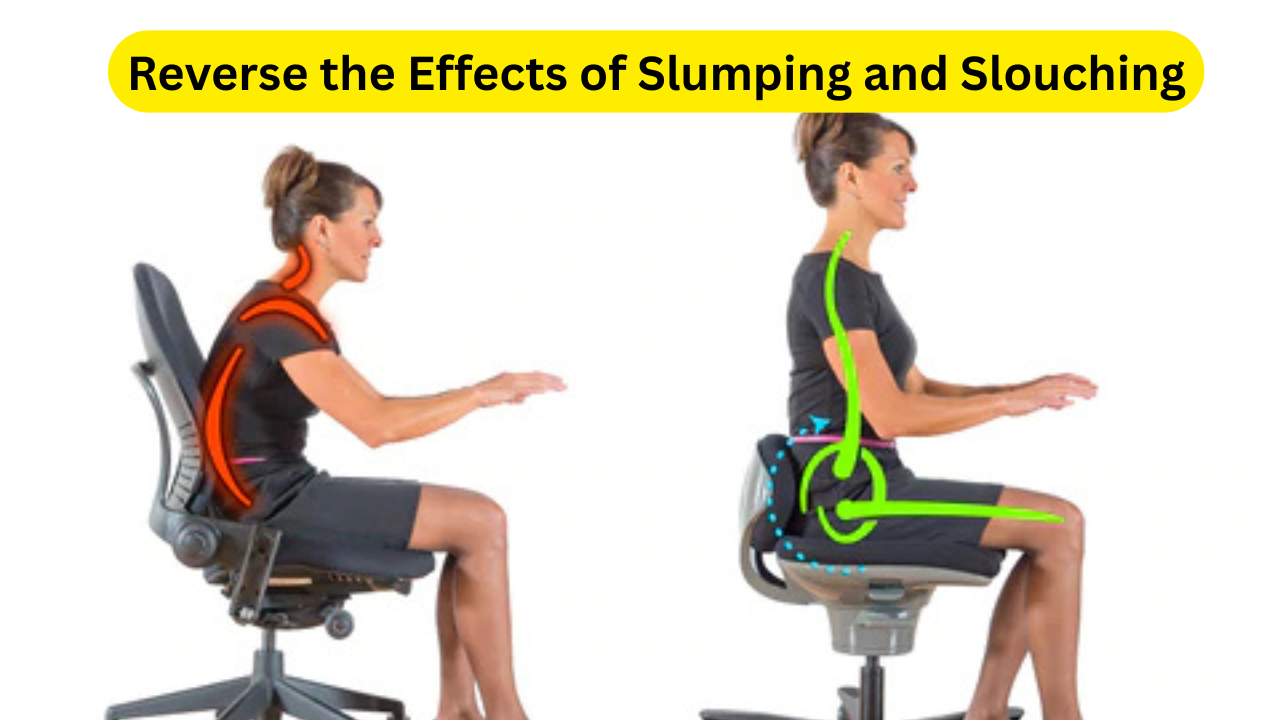Yoga Equals Strengthening Exercises in Relieving Knee Osteoarthritis: Osteoarthritis (OA) of the knee is one of the most prevalent chronic musculoskeletal disorders worldwide, affecting over 595 million people globally, and its burden is only increasing. Pain, stiffness, reduced mobility, and overall decline in quality of life are commonly experienced by individuals with knee OA. As a non-curable but manageable condition, exercise therapy remains the first-line treatment recommended by global clinical guidelines. Among the many approaches available, yoga and strengthening exercises stand out as two widely practiced and researched methods. However, many have wondered: is one more effective than the other?
According to a recent study published in JAMA Network Open, researchers have directly compared the effects of yoga and conventional strengthening exercises on individuals with knee OA. The findings were surprising but promising: both yoga and strengthening exercises provided similar improvements in pain relief, physical function, and quality of life over a 12-week period. This discovery opens the door for broader treatment options and suggests that yoga can be just as effective as traditional strength training for managing knee osteoarthritis.
The research supports the integration of yoga into mainstream clinical practice, not just as a supplemental therapy, but potentially as a primary mode of treatment for individuals seeking alternatives to high-intensity workouts or who prefer holistic approaches. By focusing on breathing, posture, flexibility, and mindfulness, yoga may provide significant benefits to those dealing with chronic knee pain. This study offers a new level of evidence-based clarity for healthcare professionals and patients seeking tailored, sustainable, and effective methods of pain management.
Understanding Knee Osteoarthritis
What is Knee OA?
Knee osteoarthritis is a degenerative joint disease characterized by the breakdown of cartilage in the knee joint. This leads to pain, swelling, stiffness, and reduced mobility. It’s most common in older adults, but factors like obesity, prior joint injuries, genetics, and overuse can accelerate its onset.
Why Exercise is Crucial in Managing OA
According to the World Health Organization (WHO) and other health authorities, physical activity is crucial in managing osteoarthritis. Exercise improves joint flexibility, strengthens surrounding muscles, and helps maintain an ideal body weight — all of which can reduce stress on the knee and improve symptoms.
Click here: Is Yoga Alone a Good Enough Form of Exercise?
Comparing Yoga and Strengthening Exercises for Knee OA
The Study Design
In a randomized clinical trial published in JAMA Network Open, researchers conducted a 12-week program comparing yoga and strengthening exercises in patients with knee OA. Participants were divided into two groups, with one practicing yoga poses tailored for OA, and the other doing standardized muscle-strengthening routines focused on the quadriceps, hamstrings, and hips.
Findings
- Both groups reported significant reductions in knee pain
- Improvement in joint function and mobility
- Enhanced quality of life and reduced symptoms of depression
- Neither yoga nor strengthening exercises showed clear superiority
- Yoga was found to be a viable and equally effective alternative
Why Yoga Works for Knee Osteoarthritis
Holistic Healing Approach
Yoga integrates mindfulness, breathing techniques (pranayama), and physical postures (asanas) that reduce stress, enhance flexibility, and promote relaxation. Stress reduction itself has been linked to lower inflammation levels and better pain tolerance.
Improved Flexibility and Balance
Unlike conventional strength exercises that mainly focus on muscle hypertrophy and power, yoga improves flexibility, posture, and balance, which can reduce the likelihood of falls and improve joint stability.
Mental Health Benefits
Chronic pain is often accompanied by anxiety, depression, and a reduced sense of well-being. Yoga incorporates mental wellness practices that enhance mood and reduce depressive symptoms, which the study also validated.
Strengthening Exercises: Still the Gold Standard?
How They Help
Strength-based exercises increase the strength of muscles surrounding the knee, particularly the quadriceps and hamstrings, which support and stabilize the joint, reducing pain due to mechanical stress.
Scientific Backing
There is robust scientific evidence supporting strengthening exercises as first-line therapy for OA. Clinical guidelines in countries like the US, UK, and Australia recommend them for improving joint function, endurance, and reducing symptoms.
Clinical Implications of the Study
Equal Effectiveness = More Options
The takeaway from the study is clear: patients now have more evidence-based choices when it comes to managing their knee osteoarthritis. For individuals who find strength exercises too strenuous or unappealing, yoga offers a gentle yet effective alternative.
Need for Updated Guidelines
Many clinical guidelines already recommend yoga, but this study addresses the lack of high-quality evidence that has previously limited its endorsement. Now, with new comparative data, healthcare providers can feel more confident recommending yoga.
Challenges and Considerations
Limitations of the Study
While this study offers valuable insights, it’s important to consider:
- Sample size was moderate
- Long-term effects beyond 12 weeks remain unmeasured
- Implementation may vary across different populations and yoga styles
Importance of Personalization

Not all patients respond the same way to exercise. Factors like age, fitness level, severity of OA, and personal preferences should guide treatment plans. Combining both yoga and strengthening exercises could also provide synergistic benefits.
Also read: Suzuki Swace Review: A Smart Hybrid Wagon with Toyota DNA
Yoga vs Strengthening Exercises for Knee OA
| Feature | Yoga | Strengthening Exercises |
|---|---|---|
| Focus Area | Flexibility, mindfulness | Muscle strength, joint support |
| Approach | Holistic, low impact | Targeted, functional training |
| Mental Health Benefits | High | Moderate |
| Equipment Needed | Yoga mat | Weights/resistance bands |
| Pain Reduction | Yes (equal to strength) | Yes |
| Improvement in Joint Function | Yes | Yes |
| Clinical Guideline Support | Increasing | Strong |
| Ideal For | Older adults, beginners | All fitness levels |
Yoga Equals Strengthening Exercises in Relieving Knee Osteoarthritis Conclusion
In recent years, the conversation around managing knee osteoarthritis has shifted from medication and surgery to lifestyle-based interventions. This new study has further strengthened the case for exercise therapy as a frontline approach, revealing that yoga and strengthening exercises are equally effective for managing knee OA pain and improving quality of life.
For those who find it challenging to engage in traditional resistance training, yoga offers a gentler, holistic, and mentally enriching experience, making it an accessible option for people of all ages. It also fosters stress reduction and mental clarity, which are critical in dealing with chronic conditions like OA.
Healthcare providers and physical therapists should consider recommending yoga as either a standalone or complementary therapy for knee osteoarthritis. The patient’s comfort level, preferences, and overall health should dictate the choice between the two modalities — or even a blended approach that combines the best of both worlds.
Furthermore, this study has opened up new pathways for future research, particularly in long-term comparisons and exploring combinations of yoga and strengthening techniques. As the global burden of OA continues to rise, empowering patients with more personalized, effective treatment choices is the way forward.
In conclusion, while yoga may not replace traditional strengthening exercises entirely, it stands shoulder to shoulder in terms of benefits, offering a versatile and holistic option for pain relief, mobility, and mental health in knee osteoarthritis patients.
Yoga Equals Strengthening Exercises in Relieving Knee Osteoarthritis FAQs
1. Is yoga really as effective as strength training for knee osteoarthritis?
Yes. A recent study published in JAMA Network Open found that both yoga and strengthening exercises significantly reduced pain and improved physical function in individuals with knee osteoarthritis over a 12-week period. Neither was superior, making yoga a viable and equally effective alternative.
2. Can I do yoga if I have severe knee pain or limited mobility?
Absolutely. Yoga can be modified to suit all fitness levels. There are many chair-based and gentle yoga poses specifically designed for individuals with joint pain. It’s important to work with a certified yoga therapist familiar with OA to ensure safety.
3. What type of strengthening exercises are best for knee osteoarthritis?
Exercises that target the quadriceps, hamstrings, and hip muscles are most effective. Common options include leg lifts, mini-squats, step-ups, and resistance band exercises. Always consult with a physical therapist to tailor exercises to your condition.
4. How often should I perform yoga or strengthening exercises for OA?
Most experts recommend doing these exercises 3 to 5 times per week, with sessions lasting 30–60 minutes. Consistency is key for long-term improvement. However, always listen to your body and avoid overexertion.
5. Are there any risks associated with yoga or strengthening exercises for OA?
While generally safe, incorrect form or overexertion in both yoga and strengthening routines can lead to joint strain or injury. It’s best to start under professional supervision and choose routines designed specifically for people with knee OA.







